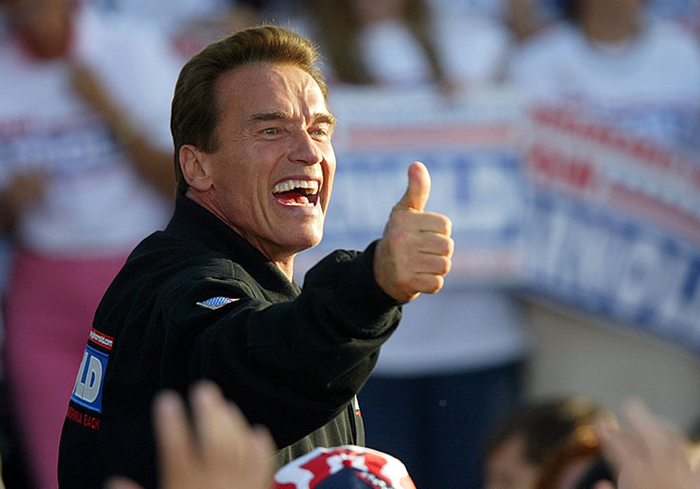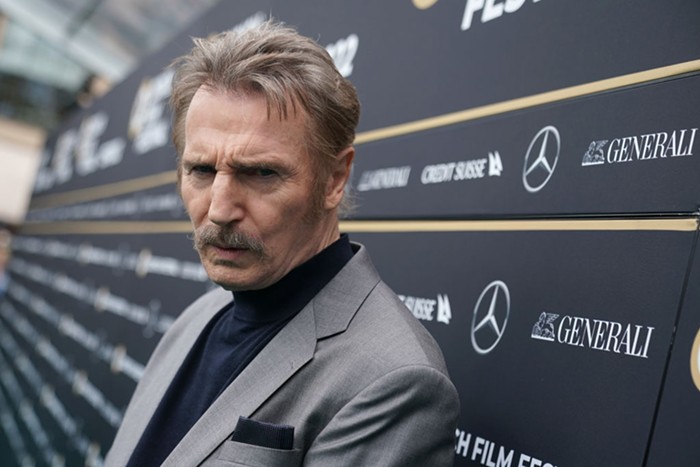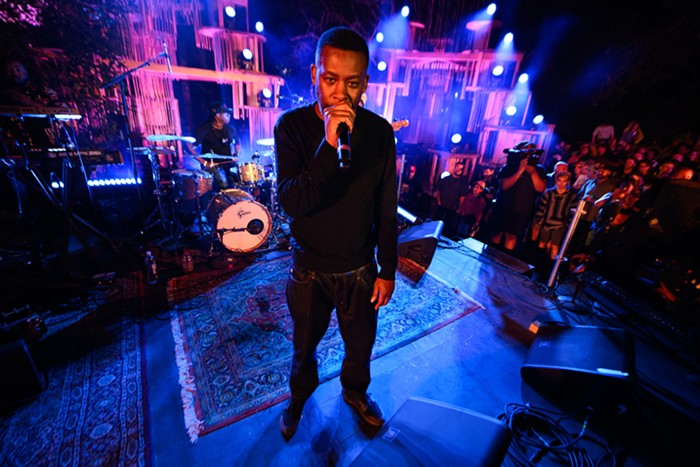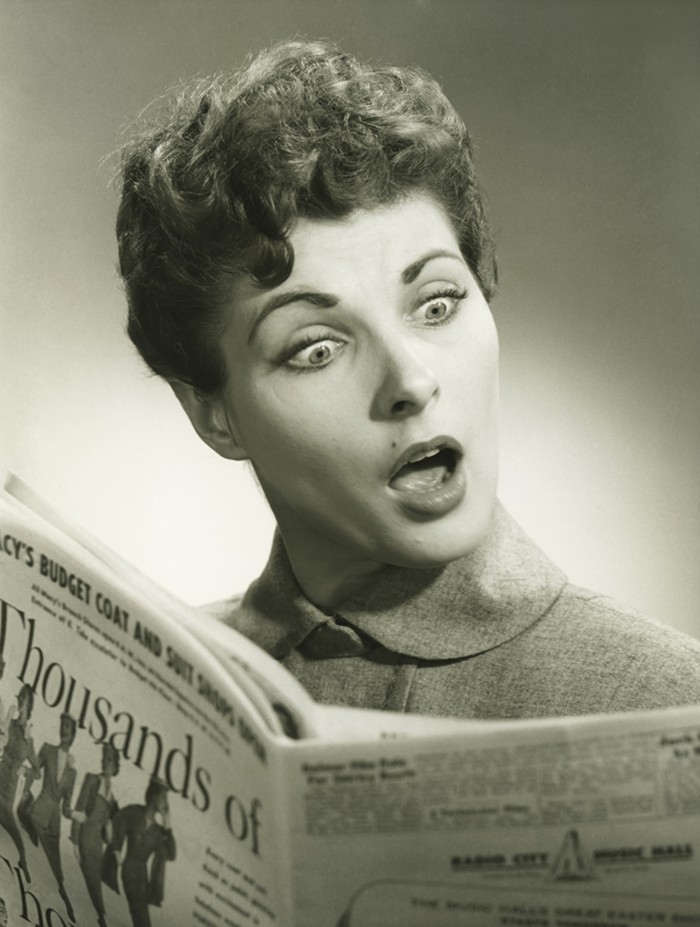
Douglas Gordon ranks among the preeminent artists of our generation to take the malleable idea of time as a central object of inquiry. The Scottish artist, who garnered both the prestigious Turner Prize and a mid-career retrospective at MoMA before his 40th birthday, is best known for his film work, which deconstructs cinematic conventions via fragmentation and recontextualization, (intensely) slow motion, and image doubling. His signature piece, 24 Hour Psycho, slowed the Hitchcock classic to a day's length; Through a Looking Glass draws from Robert DeNiro's famous quick-draw mirror scene in Taxi Driver. Gordon isolated the menacing clip, and projected it on opposite walls of the gallery, so that Travis Bickle found himself in an endless loop of paranoid showdowns with himself. Gordon's new film, made in collaboration with Philippe Parreno, is a challenging and provocative work of cinematic minimalism--a magnificent fit for a festival of time-based art.
I was among the many Americans who became aware of French soccer star Zinedine Zidane after his globally scrutinized, career-ending headbutt to Marco Materazzi's sternum at the 2006 World Cup. Gordon's latest film, Zidane: A 21st Century Portrait was filmed one Saturday afternoon a year prior to the headbutt heard round the world, and does not concern itself with this--or any other--part of the athlete's tremendous career. Zidane, as the film's subtitle suggests, is a work of portraiture in the truest sense. Just prior to shooting Zidane, which unblinkingly tracks and maps the star over the course of a mid-season match against Villarreal CF, Gordon and Pareno took their cavalry of 17 cameramen to the Prado, where they could study the portraiture of Goya and Velazquez.
The camera team, whom City of Sound's insightful review identifies as "essentially Scorcese and Almodovar's crew," adhere to their directives in never taking their cameras off of the protagonist. Zidane is an extended "real time" portrait of an enigmatic man doing what he does best. When the ball soars across the stadium field, we mentally trace its trajectory by watching Zidane's eyes. We gather information about the game's expository action by reading his self-contained grimaces and unintelligible exaltations; on the occasion of his only smile, following a momentary exchange with his teammate, the film's mounting tension is released through the long-withheld emotional expression. For the bulk of Zidane, the cameras follow our man's feints, downfield trots, assertive stare, squints, hand gestures, and dead-start sprints, as he makes himself invaluable by remaining entirely prepared for action. On the few brief occasions that he does get some time with the ball, his athletic mastery and foot play is immediately evident. The crowning moment of the film occurred 75 minutes in, when, after disposing of a Villarreal guard with a massive crossover fake-out, Zidane is alone with the ball, and draws the entire game to a halt. The soundtrack drops out, as a long zoomshot isolates his cleat, pinning the ball to the turf. The entire moment last less than two seconds, but within the game's hurricane of frantic energy, crowd noise, whistles, tangled bodies, and incessant motion, a second and a half of measured stillness feels like a transient but jarring cessation of ambient chaos, noise, and impulsivity. It ends with a lightning-fast sidestep maneuver and pass, but his powerful, reductive command of the action and manipulation of time-flow endures as Zidane's climax, overshadowing even the late-game scuffle that gets the protagonist ejected from the match. A small handful of quotes about soccer, competition, and commotion from Zidane are interspersed in subtitles throughout the film, including one line that suggests how a tiny, ephemeral moment of inactivity can provide the apotheotic crux of a 97-minute film: "Magic," Zidane states, "is sometimes close to nothing at all."


















